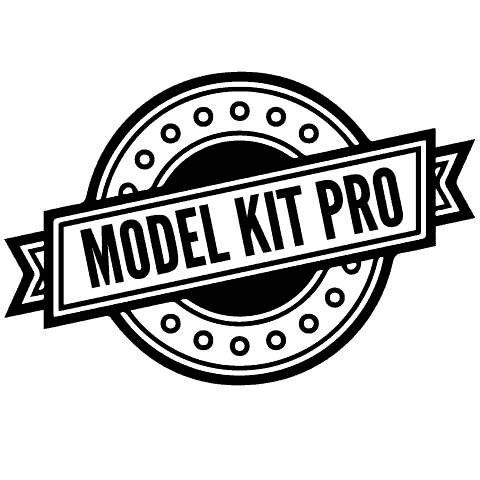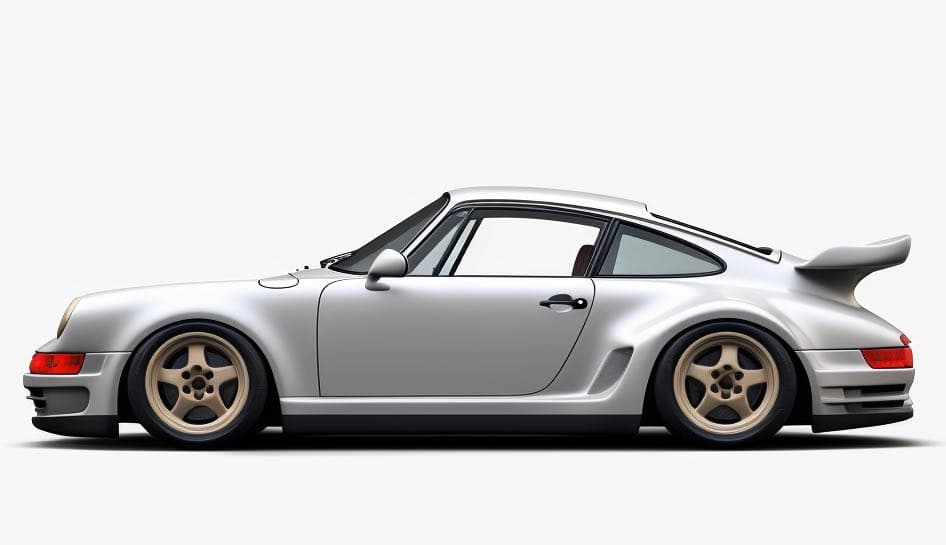
Is painting our model kit pieces with primer important or are we just adding an unnecessary step in the building process? There are a lot of different opinions on this subject so lets dig in and look at the facts.
Here are the five most important reasons for using primer on our models.
- Primer improves the adhesion of the color coat
- Less coats of color will be needed when using primer
- Primer helps you find defects in the plastic
- Primer creates the proper shade under the color coat
- Primer keeps the color coat from cracking
Does Primer Improve The Adhesion Of The Color Coat?
Primer paints will adhere better to the plastic surface of the model better than the color coat will by itself. The color coat will adhere to the primer surface better than it will to the bare plastic. The primer coat is made to adhere both to the bare plastic surface and to the color coat.
If the color coat is sprayed directly onto the plastic that does not have a primer sprayed onto it the color coat can be rubbed off if handled a lot. A fairly light coat of primer is usually adequate and will not cover any of the fine details.
If there are any oils or dust that aren’t washed off before painting the color coat will not adhere as well as the primer. Its always best practice to clean the parts first but if some get missed the primer will still adhere well to the plastic.
Do Primered Model Parts Need Less Coats Of Color?
Spraying primer on your model kit parts before painting colors will help you need less coats of color. The primer gives the plastic a slightly rough surface for the color to adhere to and giving you less of a chance of having runs in the paint from spraying thick coats of color.
Spraying primer is an easy step that will give you a much smoother more finished look on your parts. The slightly rough surface is a great help in making the color coat adhere while using less paint. I get less runs when I have used a couple of light coats of primer on my parts before painting on the color.
The less coats of color you put on certain parts like interiors, cockpits and some engine parts the better the small details will show. Having to use a thick coat of paint because there was no primer will coverup small details like door handles, speedometers and other small intricate parts.
Will Primer Help Show Defects In Model Kit Plastic?
Spraying your parts with a light coat of primer will allow you to see many of the imperfections in the parts that you normally may not notice. There are small ridges and also the areas where the parts were connected to the sprues that show up much better with a light coat of primer.
Try spraying primer on half of your parts and not on the other half. Now put them under a magnifying glass and look for all of the little imperfections. You will be surprised at the difference you will see in the primered verses the non primered pieces. There are tiny ridges and little rough areas where you removed the part from the sprue..
After your first light coat of primer scrape the imperfections you find under the light and give it another light coat. You will be pleased with the results.
Primer Creates The Proper Shade Under The Color Coat
Use a black primer for dark top coat colors and metals, grey primer for medium to light colors, and brown primer for reds. Using these primer colors with these top coat colors will keep the primer from bleeding through and give a good solid base for the top coat color.
It’s best to have a primer that is closest to the color of top coat. If you spray black over a white primer you may need an extra coat or two to get a good coverage. The same goes for painting white over black primer you will have a hard time getting it to cover.
It works the same for brown primer under any shade of red paint to get a good finish on the top coat.
Will Primer Keep The Enamel Paint From Cracking On my Model?
A good primer coat that gives good adhesion to the top coat will help keep the top coat from cracking, chipping or peeling. The primer will help cover any areas that may still have an oily substance or other small debris that would keep a top coat from adhering correctly by itself.
Primer is made to make the surface better prepared for the top coat. It has different properties that bond with the plastic that top coats don’t have in them. Always buy good quality name brand primers and you will not be disappointed.
If you look at models built several years ago that were not sprayed first with a good primer you will start to notice hairline cracks in the paint. Being in sunlight will cause these cracks start to appear.
| Using Primer Pros | Using Primer Cons |
| Improved Adhesion for Top Coat | Extra Time |
| Use less Color Coats | Extra Expense |
| Help Find Defects in Plastic | Extra Mess |
| Better Undercoat Color for Top Coat | |
| Makes Color Coat Last Longer |
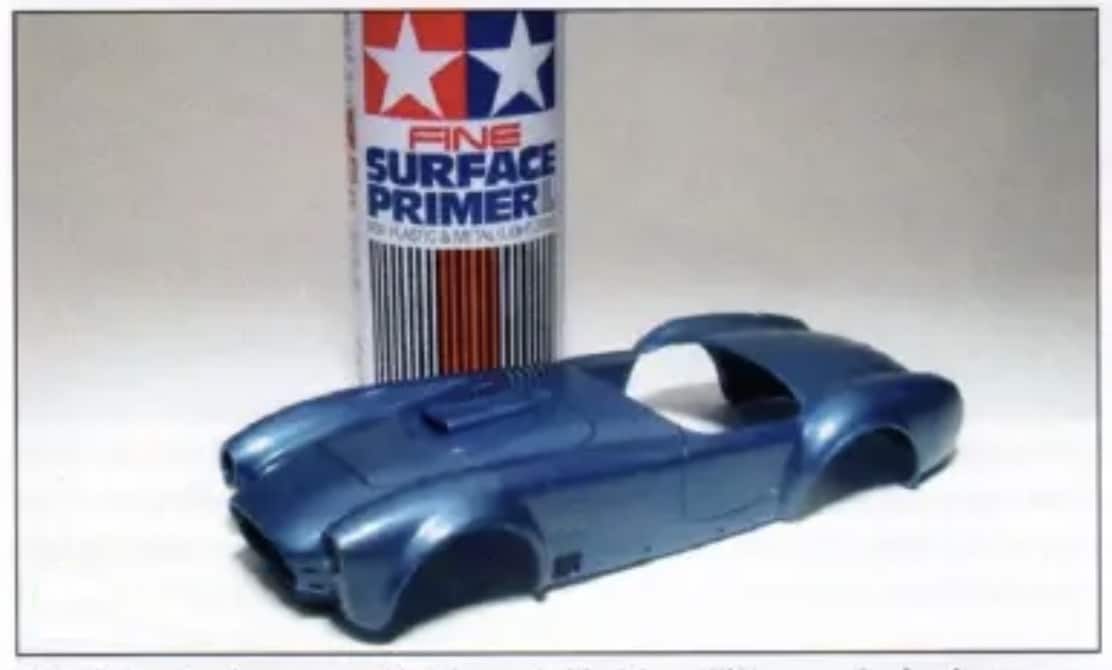
it, you still might be able to see the blue plastic appear through the primer.
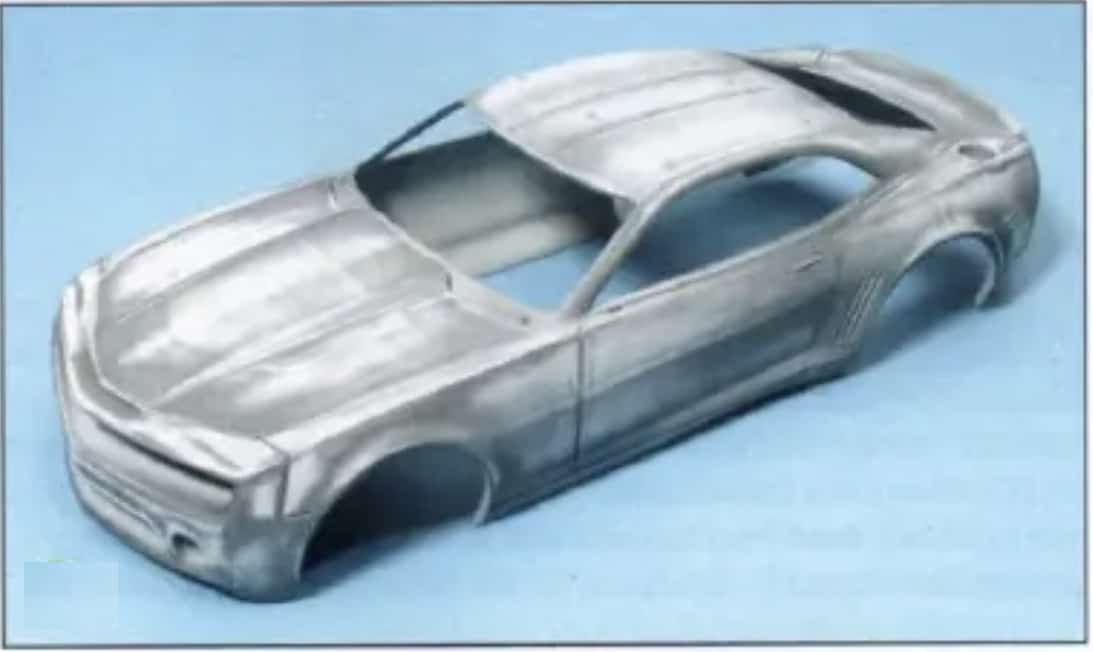
body. A dark primer was applied over light gray primer. When the body was
sanded smooth, the low spots were filled with black, and the higher spots
were light gray. Subsequent coats of primer yielded an even surface.
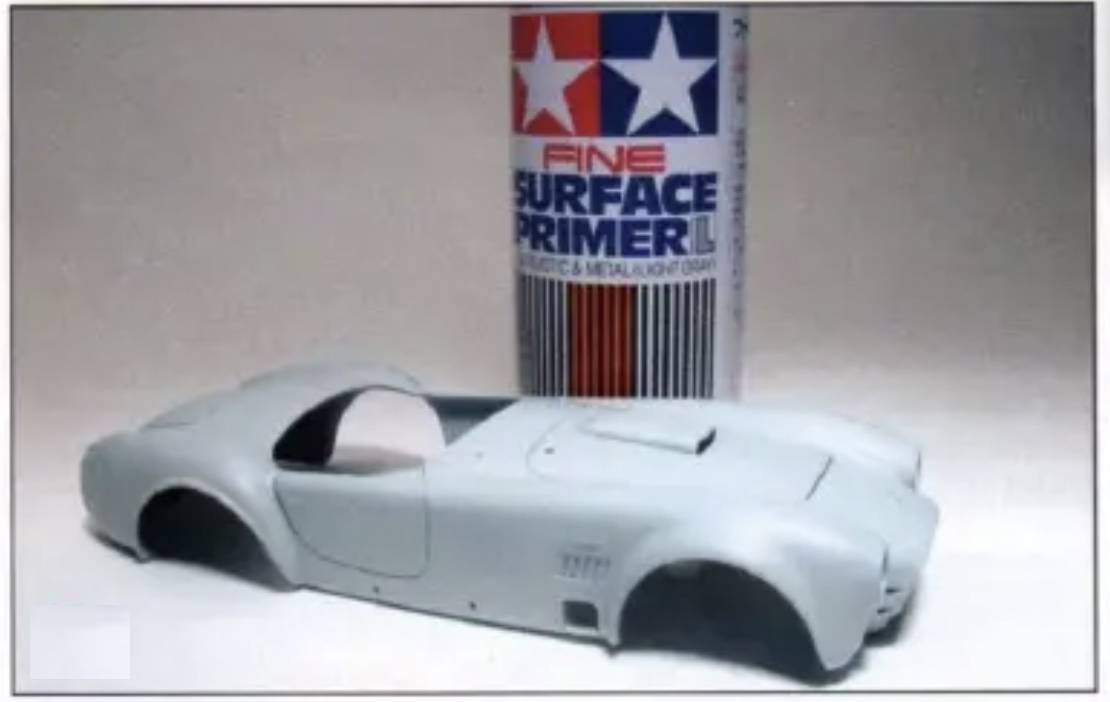
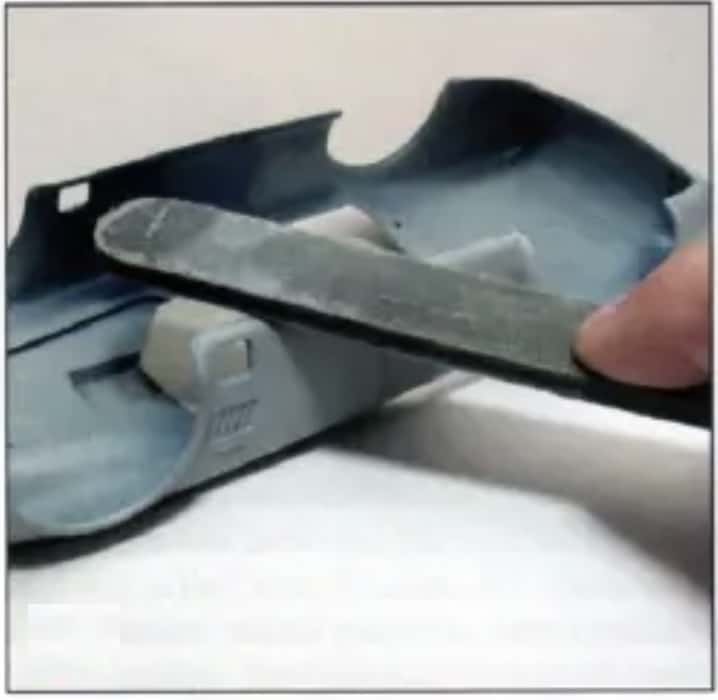

tools, wet-sand the entire body with 2400-grit Micromesh cloth. 600-
to 800-grit wet-or-dry sandpaper works well too.
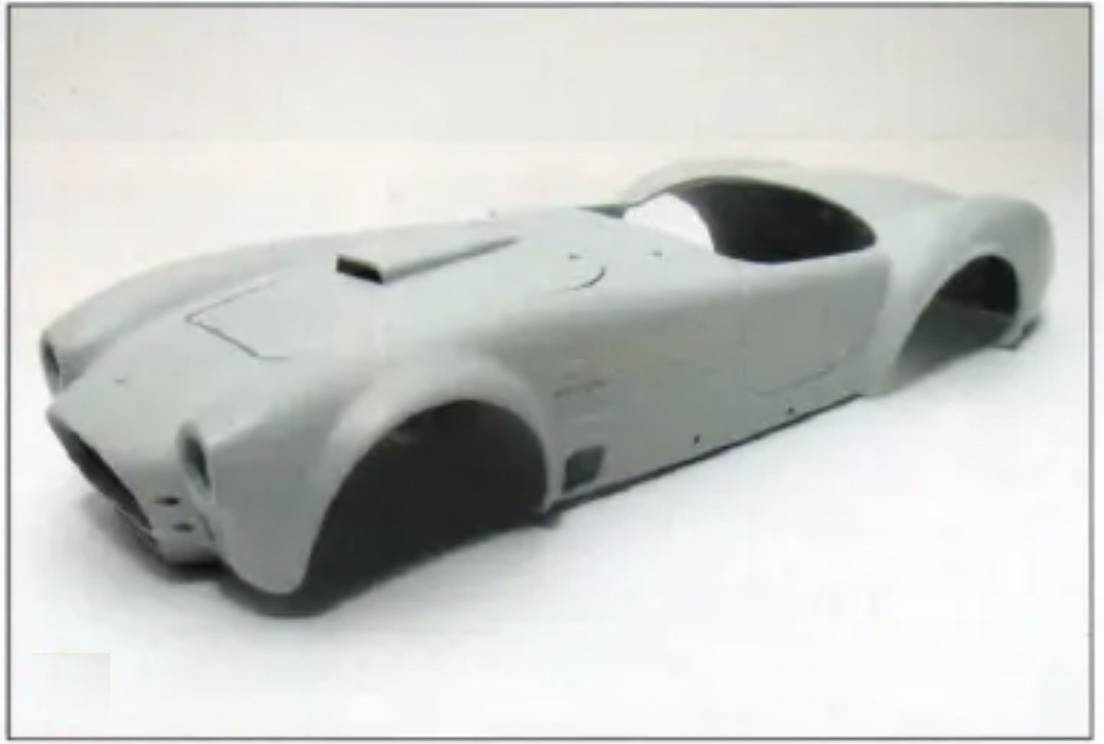
smooth and blemish-free.
Final Thoughts
I put a lot of hours and effort into my models, so just to be sure of having a long lasting paint job that will not crack or chip over time I use primer on all my parts. It’s an easy step in the building process, is relatively cheap and I want any assurance I can get to having a long lasting paint job. Happy Modeling!
Related Topics
Airbrush trouble shooting:
- Sputtering is caused by too low of air pressure.
- Orange peel affect is caused by low pressure or holding the sprayer too far back.
- Running paint is caused by simply applying too much paint or painting too close. Avoid this by spraying more thin layers.
- Clogging the tip is caused by too thick of paint. Thin it so it flows better.
Spray can trouble shooting:
- Pebbly, rough finish is caused by spraying from too far away. Move closer.
- Runs and drips are caused by too much paint, either because you sprayed from too close or for too long in the same spot. Move back and keep the can moving when you spray.
- “Fish eyes” or paint pulling away from areas is caused by surface contaminants pushing through or repelling the paint. Clean the model thoroughly before painting.
Some Of My Favorites



Source: Bob Downie, Building Better Models, Feb 2011
